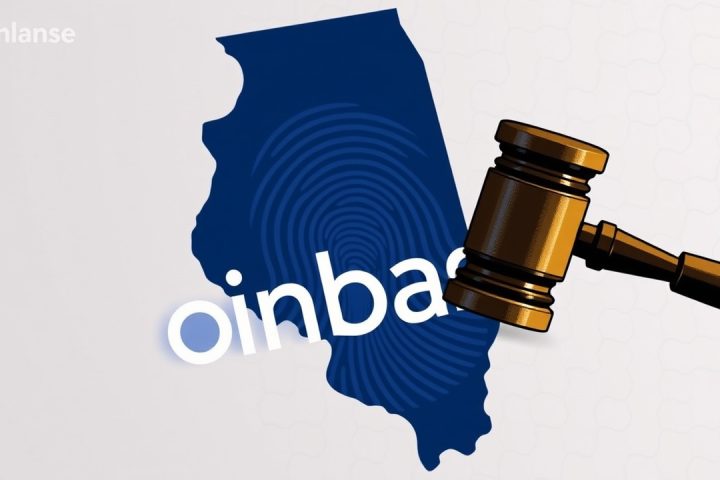Advocating for Accessibility in Ethereum Node Operation
Ethereum co-founder Vitalik Buterin is advocating for easier accessibility for everyday users to operate Ethereum nodes by evolving the synchronization process for the network, targeting standard consumer-grade hardware.
Understanding Nodes in the Ethereum Ecosystem
In the Ethereum ecosystem, a node is essentially a computer running specific software that connects to the network, helping to share and validate crucial data. These nodes work collaboratively to secure transactions and uphold the integrity of Ethereum. Buterin emphasized the importance of running a full node, stating that it enables users to operate a personal server that can interact with Ethereum as if it were a local network.
According to Buterin’s description on the Ethereum Research blog, having this capability allows for a trustless, censorship-resistant, and privacy-oriented engagement with the blockchain. However, the significant drawback is the requirement to store about 1.3 terabytes of data to run a full node, making it challenging for average users due to both cost and the need for high-performance hardware.
Proposed Changes to Node Operation
He pointed out that the existing overhead associated with running full nodes is too high and is unlikely to become manageable without modifications. To address this issue, his proposal suggests a new model where nodes would only retain necessary blockchain data, while older information (older than 36 days) would be stored across various nodes to optimize storage. Senior analyst Ryan Yoon from Tiger Research likened this to a library system where not all books need to be on hand if they can be requested as needed.
Vision for the Future of Ethereum
Buterin’s vision for 2023 includes a transformative approach that aims to eventually allow fully verified Ethereum nodes to function on standard devices like mobile phones, though he acknowledges this could take ten years or more to achieve. The core concept of his proposal fosters a local-first design, where nodes prioritize the data relevant to individual users instead of the entire blockchain. This shift in focus would enhance efficiency by retrieving specific information only when necessary, contributing to Ethereum’s ongoing developments, including the ambitious “Pectra” upgrade underway.
Concerns and Challenges
Buterin raised concerns about the centralized nature of current systems, warning that a reliance on a few dominant service providers could lead to increased censorship of users within the Ethereum network. Thus, he insists on the necessity of facilitating easier node operation for personal use.
Michael Cameron, co-founder of the decentralized trading platform Vanilla Finance, praised Buterin’s proposal, calling it refreshing. While Ethereum’s technological advancements promise trust and privacy, he noted that their high computational costs and susceptibility to metadata vulnerabilities underscore the risks of relying heavily on a select few providers.
However, implementing Buterin’s vision does present challenges. It would necessitate robust strategies for selecting the relevant data states and ensuring fallback options, which could introduce complexity. Yoon reiterated that geographically diversifying the number of nodes could lessen the risks of centralization but would require careful analysis to be effectively executed. Ultimately, he concluded, this pursuit is vital for the network’s future stability.
Edited by Sebastian Sinclair

















